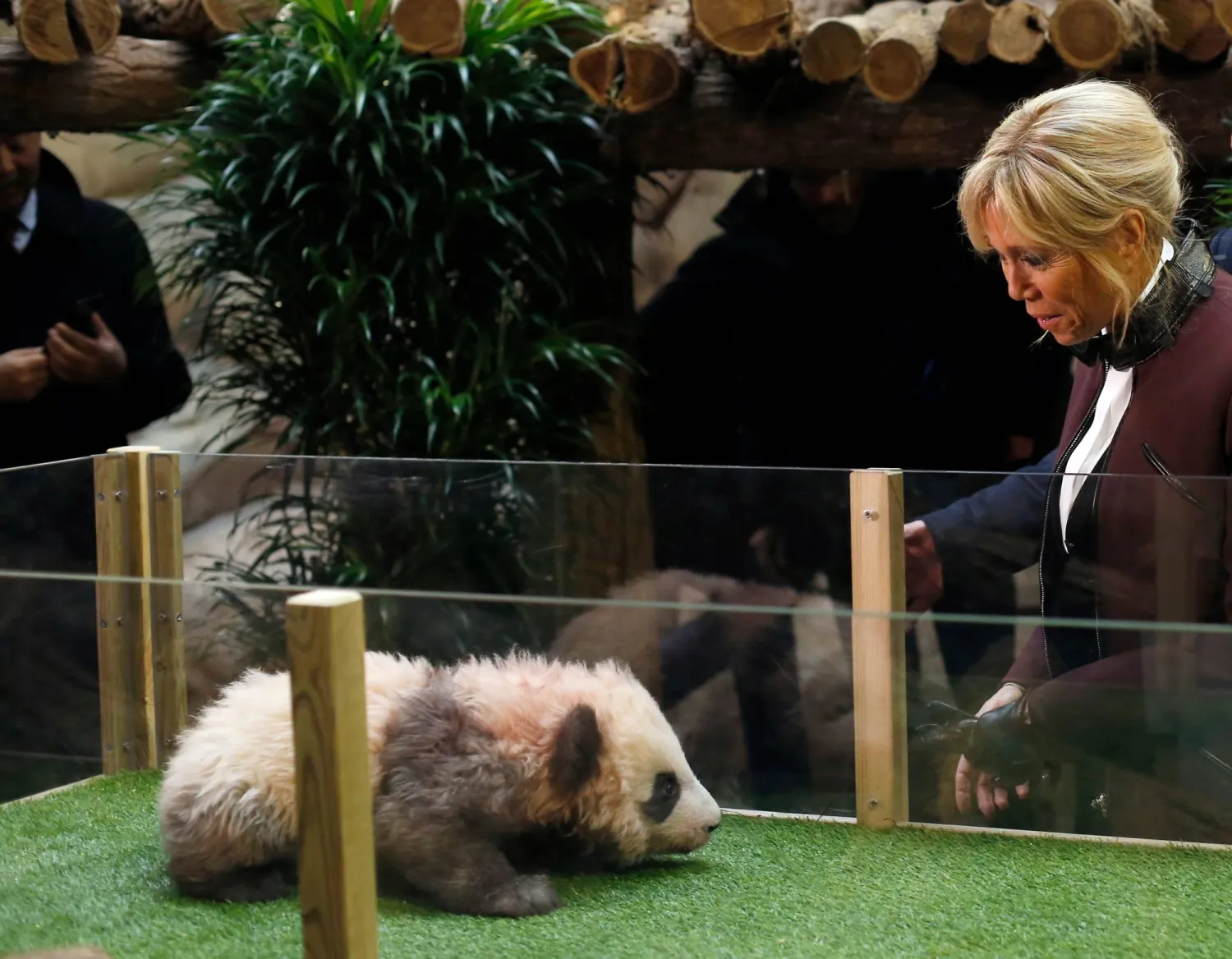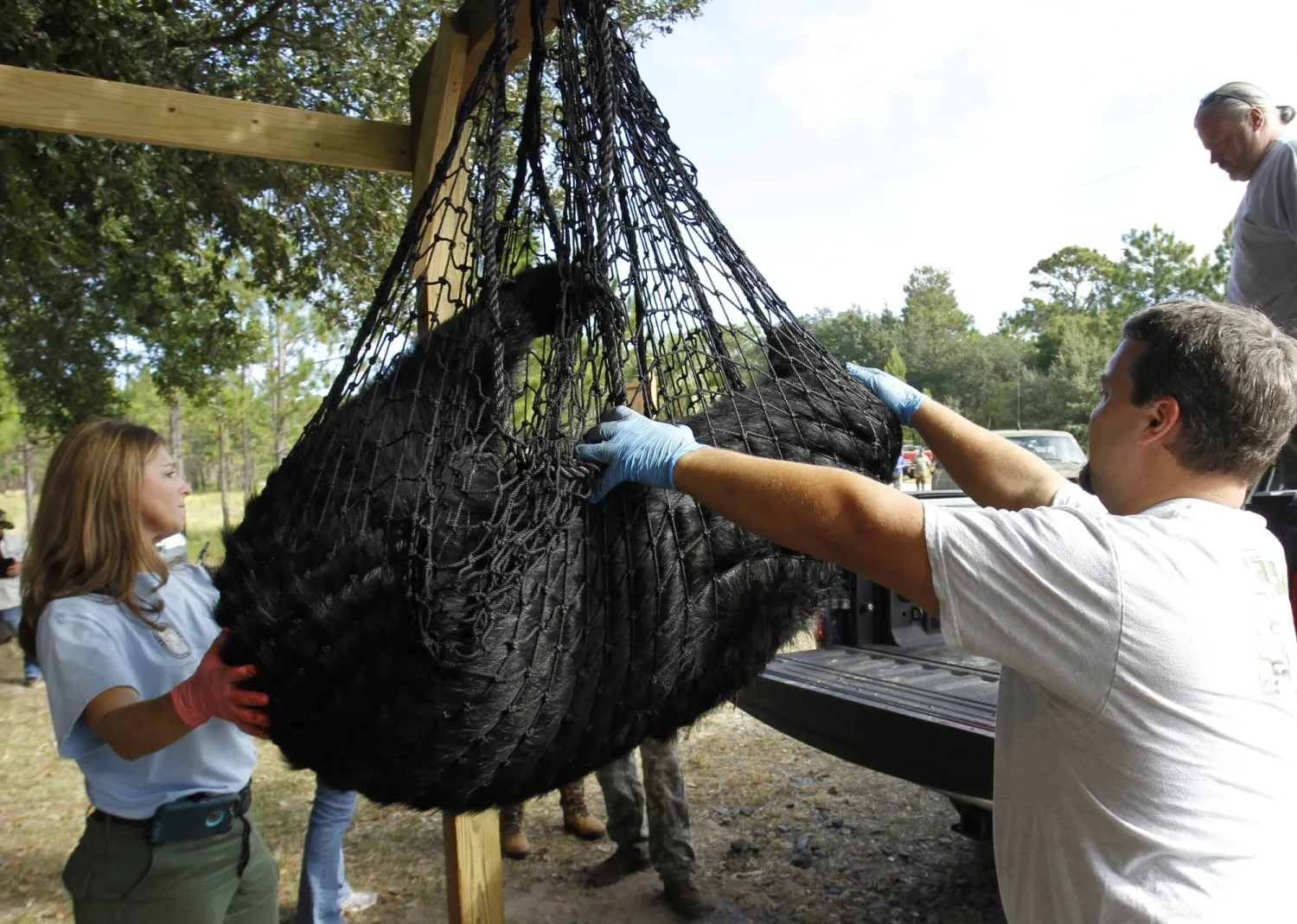For the first time in a decade, hunters armed with rifles and crossbows are fanning out across Florida's swamps and flatwoods to legally hunt the Florida black bear, over the vocal opposition of critics.
The state-sanctioned hunt began Saturday, after drawing more than 160,000 applications for a far more limited number of hunting permits, including from opponents who are trying to reduce the number of bears killed in this year's hunt, the state's first since 2015, The Associated Press reported.
The Florida Fish and Wildlife Conservation Commission awarded 172 bear hunt permits by random lottery for this year's season, allowing hunters to kill one bear each in areas where the population is deemed large enough. At least 43 of the permits went to opponents of the hunt who never intend to use them, according to the Florida chapter of the Sierra Club, which encouraged critics to apply in the hopes of saving bears.
The Florida black bear population is considered one of the state's conservation success stories, having grown from just several hundred bears in the 1970s to an estimated more than 4,000 today.
Opponents have questioned whether the hunt was necessary, but they were unable to convince the courts to halt it.
Here's what to know.
A limit of one bear per hunter The 172 people who were awarded a permit through a random lottery will be able to kill one bear each during the 2025 season, which runs from Dec. 6 to Dec. 28. The permits are specific to one of the state's four designated bear hunting zones, each of which have a hunting quota set by state officials based on the bear population in each region.
In order to participate, hunters must hold a valid hunting license and a bear harvest permit, which costs $100 for residents and $300 for nonresidents, plus fees. Applications for the permits cost $5 each.
The regulated hunt will help incentivize maintaining healthy bear populations, and help fund the work that is needed, according to Mark Barton of the Florida chapter of Backcountry Hunters and Anglers, an advocacy group that supported the hunt.
Having an annual hunt will help guarantee funding to "keep moving conservation for bears forward,” Barton said.
Hunting as a management tool According to state wildlife officials, the bear population has grown enough to support a regulated hunt and warrant population management. The state agency sees hunting as an effective tool that is used to manage wildlife populations around the world, and allows the state to monetize conservation efforts through permit and application fees.
"While we have enough suitable bear habitat to support our current bear population levels, if the four largest subpopulations continue to grow at current rates, we will not have enough habitat at some point in the future," reads a bear hunting guide published by the state wildlife commission.
Opponents meanwhile have called the hunt cruel, unnecessary and an excuse for hunters to bag a trophy animal when the real issue is the ever-growing human population encroaching on bear habitat.
Stricter regulations than the last hunt This year’s hunting plan has more stringent rules than the 2015 hunt, in which permits were provided to anyone who could pay for them, resulting in more than 3,700 permits issued. That led to a chaotic event that was shut down days early. Of the 304 bears killed, at least 38 were females with cubs, meaning the young bears may have died too.
Ultimately, wildlife officials decided to call off the hunt after its second day after a higher than expected number of bears were killed, though hunters did not exceed the statewide quota.
Doug Moore regularly sees bears on the more than 6,000 acres of timberland that he manages in northeast Florida. The president of a local hunting club, Moore is generally supportive of the new regulations for the bear hunt, even though he and his family members weren't issued a permit this year.
Moore described the management of the 2015 hunt as “fouled up” and “totally wrong" but said, “they’re doing it right this time."
Activists were issued dozens of permits Backers of the hunt have said that growing numbers of bears present a safety problem, with local officials sharing reports of bears on porches, rooting through garbage cans and roaming neighborhoods and playgrounds.
Activists have argued that the state should instead focus on other means of curbing nuisance bears and assuring safety through better trash management.
While opponents failed to convince a judge to stop the hunt, they were issued about a quarter of the overall permits, after activists applied for hunting tags they never intend to use.
“Somewhere out there a bear will be walking the grounds of the Panhandle, and I gave them a stay of execution,” said Joel Cleveland, an opponent of the hunt who was issued one of the permits.









